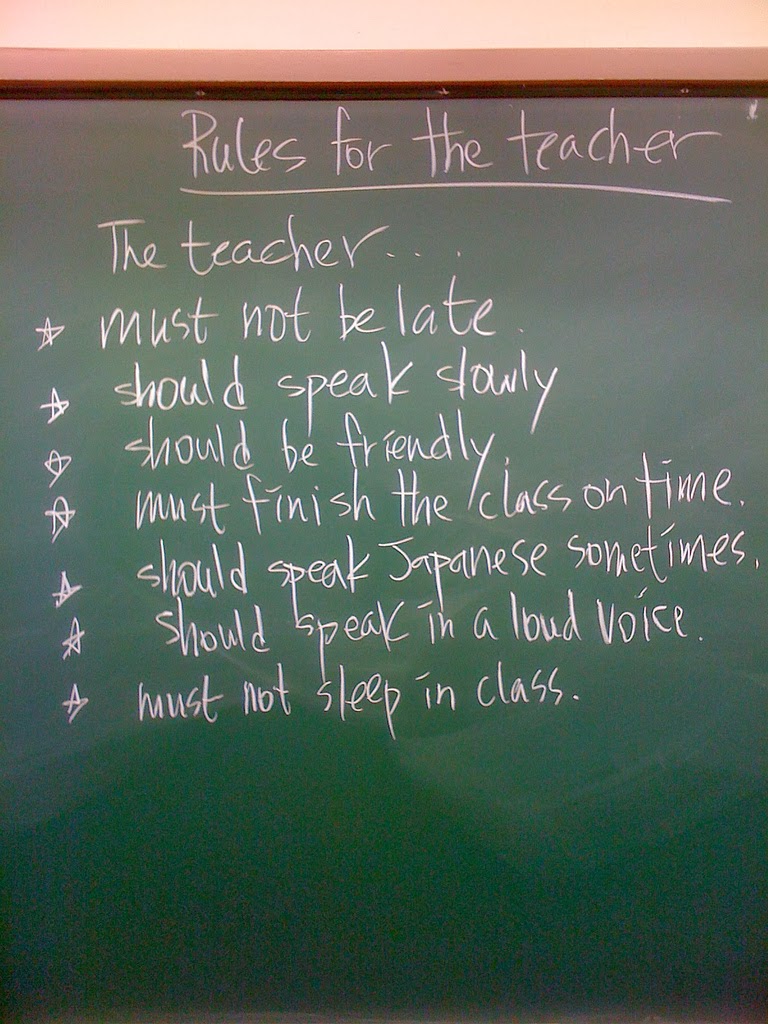 If you take a look at any Teach One Reach One Bible activity, you will see something called a “Guided Question”. You may have wondered its purpose and how it differs from the learning objectives that may also be included. There is a subtle difference, but it is an important one for you and your students.
If you take a look at any Teach One Reach One Bible activity, you will see something called a “Guided Question”. You may have wondered its purpose and how it differs from the learning objectives that may also be included. There is a subtle difference, but it is an important one for you and your students.
Learning objectives are a list of a few of the most important things we believe you can teach your students during the course of the lesson and activity. Usually our objectives point out godly principles and commands contained in the Bible story. For activities, we often add an additional objective to let you know the focus of the activity. For most Bible stories, it would be easy to find many more things to teach or emphasize. In fact, you may choose to emphasize something we haven’t because of the particular needs of your students.
The “Guiding Question” on the other hand is more about keeping you and your students focused during the class period. If you have taught for very long, you may have already realized how easy it is to get off track and end up discussing something entirely different than what you had intended. Sometimes that is necessary to help students grow spiritually.
Most of the time though, our distractions mean both teacher and students leave the room wondering what just happened. When asked by parents what they learned, many students will just respond with the name of the Bible story or “I don’t know”. This doesn’t always give parents enough information to extend learning. It also means students leave unable to process what they have just learned because they aren’t even able to articulate what it was.
The guided question can be written where students can see it or verbally told to the students. Ask it at the beginning of class and tell students that by the end of class, they should all be able to answer it correctly. Try to take a few minutes at the end of class and ask the question again, this time expecting student responses. It’s also a great way to assess what, if anything, students understood from the lesson. If everyone still seems confused, it gives you a chance to gently give them the answer yourself. (This isn’t the time for scolding. Often students’ inability to understand a lesson reflects more on the teacher than the students.)
So go take a look at our guiding question for your next lesson. Try it out and see what happens. You may just find it is the missing piece for student understanding.




